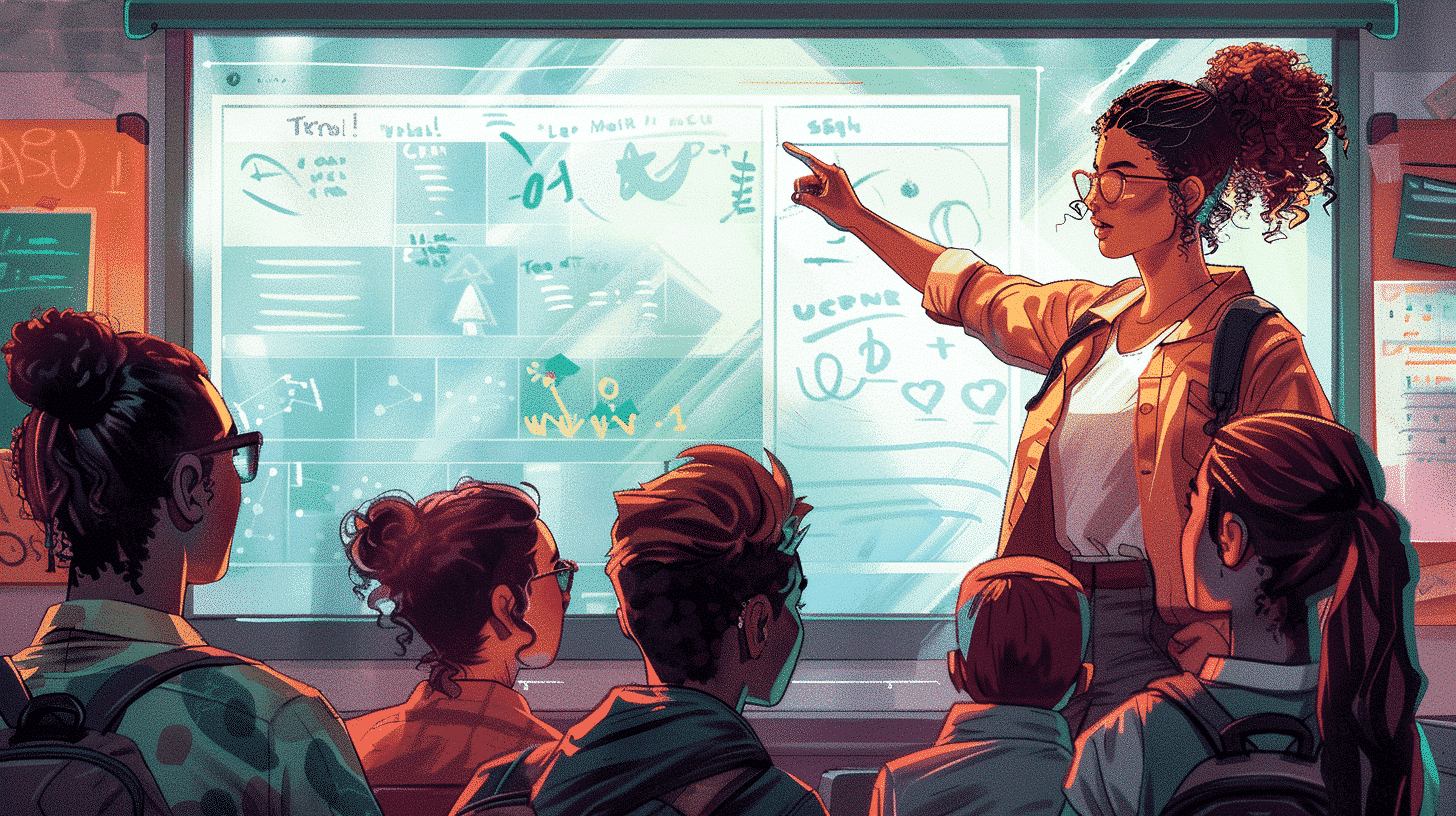Understanding Polish Adjectives: An Overview
Polish adjectives are words that describe or modify nouns, providing information about qualities, quantities, or states. Unlike English, Polish adjectives must agree with the noun they describe in gender, number, and case, making their usage more complex but also richer in expression. Learning polish adjectives is essential for constructing grammatically correct sentences and conveying precise meanings.
Agreement in Gender, Number, and Case
One of the defining features of polish adjectives is their agreement with the noun’s gender (masculine, feminine, neuter), number (singular or plural), and case (seven cases in Polish). This means that the ending of the adjective changes depending on the noun it modifies. For example:
- Masculine singular: dobry chłopiec (good boy)
- Feminine singular: dobra dziewczyna (good girl)
- Neuter singular: dobre dziecko (good child)
- Masculine plural: dobrzy chłopcy (good boys)
- Feminine plural: dobre dziewczyny (good girls)
This agreement is essential because it ensures that sentences are grammatically coherent and clear in meaning.
Types of Polish Adjectives
Polish adjectives can be categorized into various types depending on their meaning and function. Understanding these types helps learners use them appropriately in conversation and writing.
Descriptive Adjectives
Descriptive adjectives provide qualities or characteristics of a noun, such as size, color, or shape. Examples include:
- piękny (beautiful)
- duży (big)
- czerwony (red)
- szybki (fast)
These adjectives are the most common and are vital for everyday communication.
Quantitative Adjectives
Quantitative adjectives specify the quantity of a noun, indicating amounts or numbers. Some examples are:
- kilka (several)
- wiele (many)
- mało (few)
- cały (whole)
They are useful when expressing amounts or discussing quantities in detail.
Possessive Adjectives
Possessive adjectives denote ownership or relationship. In Polish, these often derive from nouns or pronouns and agree with the noun they modify:
- mój (my)
- twój (your)
- jego (his)
- nasz (our)
Mastering possessive adjectives is crucial for personal expression and clarity in conversations.
Demonstrative Adjectives
Demonstrative adjectives point out specific nouns. Common demonstratives include:
- ten (this – masculine)
- ta (this – feminine)
- to (this – neuter)
- tamten (that)
They help specify the noun being discussed and are frequently used in everyday speech.
Polish Adjective Declension: Cases and Endings
Polish is a highly inflected language with seven grammatical cases: nominative, genitive, dative, accusative, instrumental, locative, and vocative. Adjectives change their endings according to these cases, depending on their syntactic role in the sentence.
Why Declension Matters
Understanding adjective declension is vital because it affects sentence meaning and grammatical correctness. For example, the adjective “dobry” (good) changes as follows in masculine singular:
- Nominative: dobry
- Genitive: dobrego
- Dative: dobremu
- Accusative: dobrego
- Instrumental: dobrym
- Locative: dobrym
- Vocative: dobry
Learning these patterns allows learners to construct accurate and natural sentences.
Patterns of Adjective Declension
Polish adjectives generally follow one of two declension patterns:
- Hard adjectives: These have stems ending in a hard consonant, e.g., “dobry.”
- Soft adjectives: These have stems ending in a soft consonant or vowel, e.g., “piękny” (beautiful).
Knowing these patterns helps in predicting adjective endings across different cases.
Using Polish Adjectives Correctly in Sentences
Polish adjectives typically precede the noun they modify, similar to English. However, due to their inflected nature, word order can sometimes be flexible for emphasis or stylistic reasons.
Position of Adjectives
In most cases, adjectives come before the noun:
- czerwony samochód – red car
- stara książka – old book
However, adjectives can occasionally follow the noun for poetic or emphatic effect.
Comparative and Superlative Forms
Polish adjectives have comparative and superlative forms used to express degrees of quality:
- Comparative: formed by adding suffixes like -szy or -ejszy, e.g., dobry (good) → lepszy (better)
- Superlative: formed by adding naj- prefix to the comparative, e.g., najlepszy (the best)
These forms allow speakers to compare objects or qualities effectively.
Common Challenges When Learning Polish Adjectives
For learners, Polish adjectives pose several difficulties due to their complex agreement and declension rules.
Gender and Number Agreement
Remembering the correct adjective ending for each gender and number combination can be challenging. Practice and exposure are necessary to master this aspect.
Case Usage
Since adjectives change form with cases, learners must understand how cases function in Polish grammar to use adjectives correctly.
Irregular Adjectives
Some adjectives are irregular in their declension or comparative forms, such as “dobry” → “lepszy.” Memorizing these exceptions is essential.
Tips to Master Polish Adjectives
To effectively learn polish adjectives, consider the following strategies:
- Use Talkpal’s interactive lessons: Talkpal provides tailored exercises focusing on adjective agreement and declension.
- Practice with native speakers: Engaging in conversations helps internalize adjective usage.
- Create adjective-noun flashcards: Pair adjectives with nouns of different genders to practice agreement.
- Write sentences daily: Regular writing reinforces correct adjective forms.
- Learn common adjective patterns: Understanding declension rules simplifies memorization.
Conclusion
Polish adjectives are a fundamental part of mastering the Polish language, offering precision and depth to communication. Their complexity in agreement and declension requires dedicated study, but with effective tools like Talkpal and consistent practice, learners can overcome these challenges. By understanding different types of polish adjectives, their grammatical forms, and how to use them correctly, language learners can significantly improve their fluency and expressiveness in Polish. Embracing these elements will open the door to richer conversations and a deeper appreciation of this beautiful language.









